The Earth’s common rock is igneous rocks, although sedimentary rocks are the most common rocks exposed on Earth’s surface because the igneous rocks are beneath the surface and we can’t see them.
How Sedimentary Rocks Are Formed?
Sedimentary rocks formed near or on Earth’s surface by weathering of pre-existing rocks (Sedimentary, igneous or metamorphic rocks) by breakdown processes then deposition to form detrital rocks or decomposition of minerals then precipitate to produce chemical rocks.
Sedimentary rocks are formed by weathering and erosion of pre-existing rocks, transporting of broken fragments and ions of a solution, and eventually deposition and lithification in a sedimentary basin.
Weathering is many processes of physical breakdown and chemical decomposition of any kind of rocks when they are exposed to the atmosphere. These processes are done by forms of wind, rainfall, glaciers, running water, and waves in response to gravity. As a result, unconsolidated rock particles or sediments are produced and substances dissolved in the solution are ready to be transported.
Erosion is a process that moves weathered materials or dissolved substances away from the source area to be deposited. Erosion occurs commonly by moving water such as rainfall, rivers, and moving melting glaciers.
Sedimentary rocks are lithified sediments that are generally formed by accumulation, compaction, cementing, and diagenesis. However, some sedimentary rocks are immediately precipitated without going through previous processes to lithified sediment. For example, limestone that formed by reefs and evaporites. Sedimentary rocks are classified into three types based on weathering process and grains types.
Where are sedimentary rocks found?
Sedimentary rocks are found in a wide variety of locations on the Earth’s surface. They are typically formed by the accumulation and solidification of sediment, which can come from a variety of sources such as weathering of existing rocks, erosion of mountains, and the remains of plants and animals.
One of the most common places to find sedimentary rocks is on the Earth’s continental crust, in areas known as sedimentary basins. These basins can be found in many regions of the world, including the Great Plains of North America, the Western Interior of Canada, and the Western Desert of Australia. Within these basins, sedimentary rocks can be found in layers, with the oldest rocks at the bottom and the youngest at the top.
Sedimentary rocks can also be found along coastlines, as the constant movement of water and waves can cause sediment to accumulate and solidify. Examples of coastal sedimentary rocks include sandstone and limestone.
Sedimentary rocks can also be found on the ocean floor, as sediment from rivers, wind, and other sources can accumulate and solidify on the seafloor. These rocks are known as marine sedimentary rocks and can include limestone, shale, and sandstone.
In addition, Sedimentary rocks can also be found in mountain ranges such as the Himalayas, Andes, Rockies, and many others mountain ranges. These rocks are formed by the weathering and erosion of existing rocks, and the accumulation and solidification of sediment in mountain ranges.
Types of sedimentary rocks
Clastic sedimentary rocks
Clastic sedimentary rocks are formed from rock and mineral fragments called clasts. The clasts range from clay size (1\256 mm) to boulder size (>256 mm). The carrier for these particles are rivers, waves, gravity, wind, and moving ice to be finally deposited in certain depositional environments and sinks. Weathering process generates fragments due to the breakdown of the original rocks. Then the eroded materials will be transported from weathering location which is called the source area. Eventually will be deposited and lithified to be a sedimentary rock. The deposition happens when carriers lose their energy to let particles settle down and deposit.
Chemical sedimentary rocks
When chemical weathering takes place and extracts many ions and molecules from rocks into the solution – seawater, lakes, and rivers are the most common solutions for accumulation, this will provide raw materials to precipitate and produce chemical sedimentary rocks as a result of changing physical circumstances. The evaporation process of seawater is involved in order to precipitate gypsum and halite minerals to form chemical sedimentary rocks.
Biochemical Sedimentary Rocks
They form near their place of deposition as a result of mineral precipitation by the actions of living organisms. This process will change the chemistry of the water causing the mineral calcite to be precipitated from the solution. Mineral components will be extracted from a solution by the organism. For example, corals and mollusks precipitate minerals as they grow. Accumulation of organisms’ shells and skeletons happens after they die on the seafloor as sediments. Coal is a famous biochemical sedimentary rock that is formed by the compaction of remains of dead plants which grow in a tropical swamp environment.
Sedimentary Depositional Environment
Sedimentary environments are the final specific places eroded sediments stop due to losing their energy and start accumulating. The sedimentary depositional environments are marked by biological, physical, and chemical processes and climate conditions. The biological processes include organisms living in each environment (precipitation of marine shells, bioturbation by specific organisms). The physical processes are depth and water (sea, river, glacier), type, and velocity of transporting agents. The chemical processes are characteristics of fluid (salinity, pH, pressure, temperature). Climate conditions can be an arid climate that forms deserts, or a cold climate that forms glaciers. Sedimentary environments are classified based on location, three types known are marine environment, transitional (mixed of marine and continents environments), and continent environment.
Continental Sedimentary Environments
1- Lake environments
2- Alluvial environments include rivers.
3- Aeolian environments include deserts.
4- Glacial environments.
Transitional Sedimentary Environments
1- Beaches.
2- Tidal flats or supratidal.
3- Deltas.
Marine Sedimentary Environments
1- Shallow marine.
2- Continental shelf environments.
3- Organic reefs.
4- Continental margins.
5- Deepsea.
Examples of sedimentary rocks
A- Clastic Sedimentary Rocks
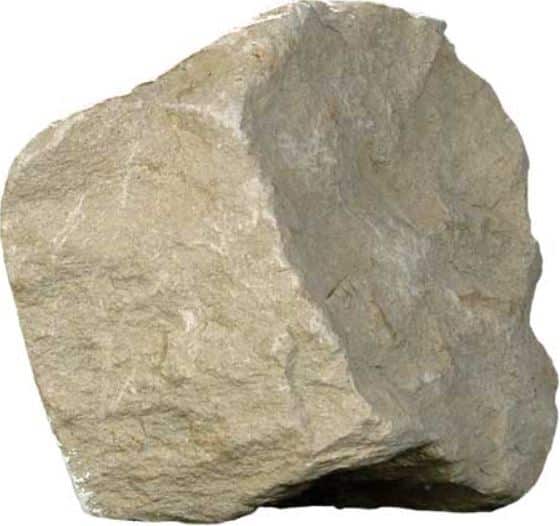
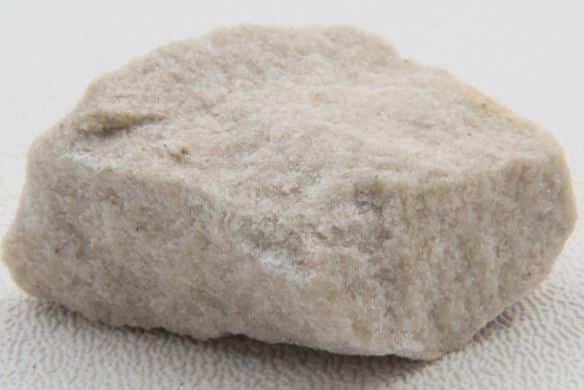


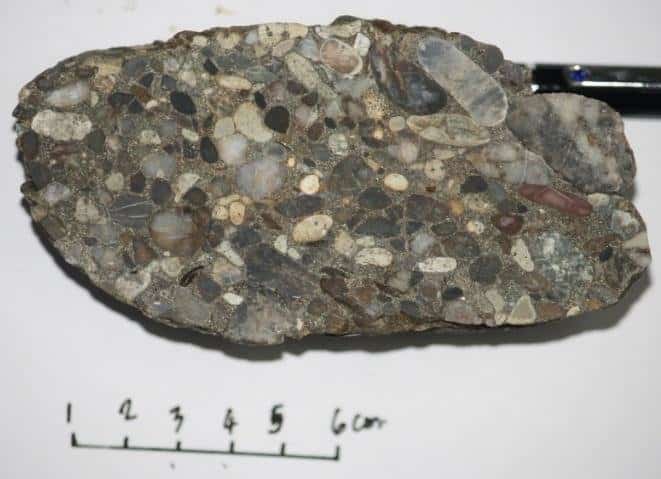
B- Biochemical Sedimentary Rocks
These rocks are made up of broken shell fragments that are formed from organic material.
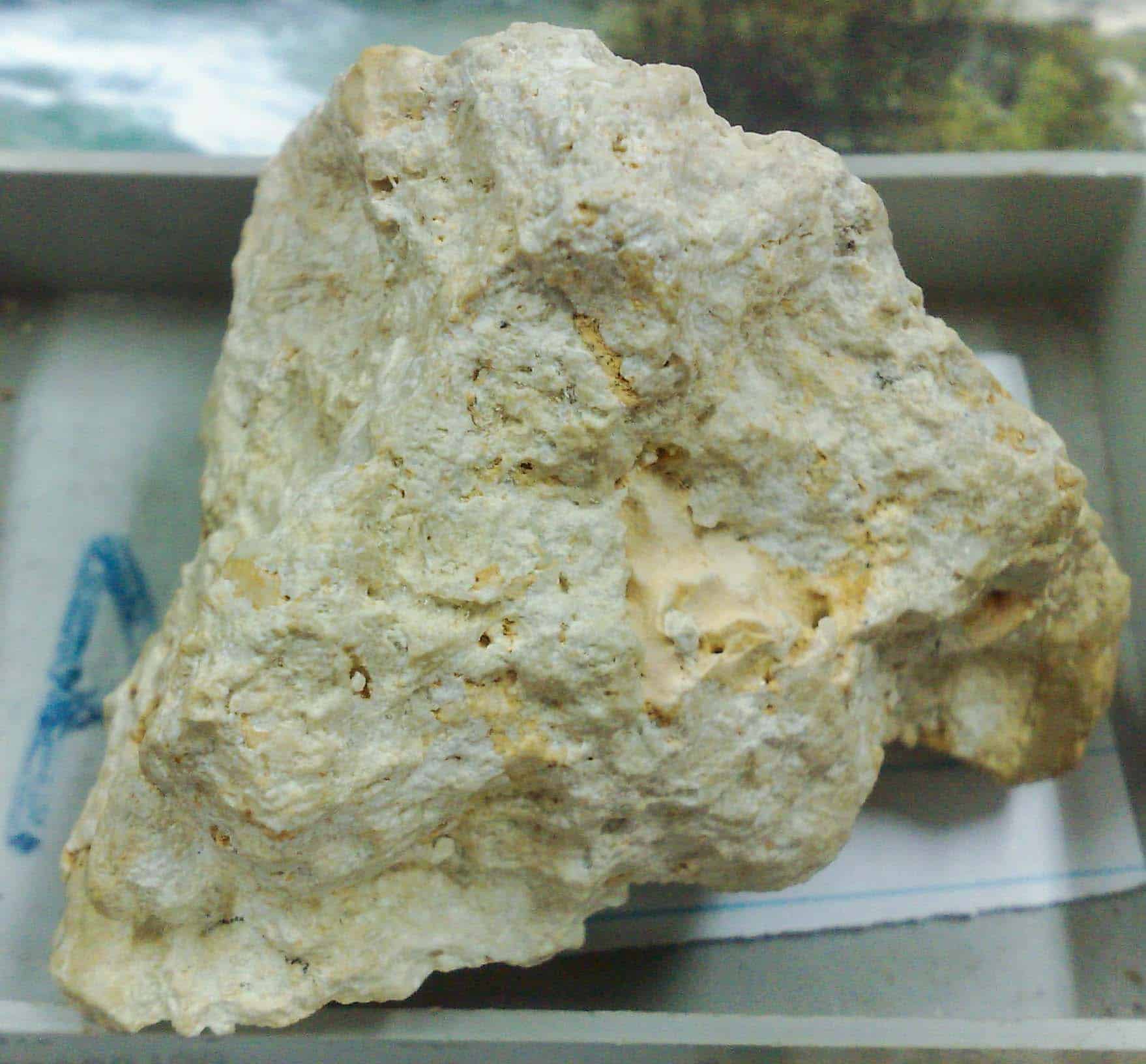
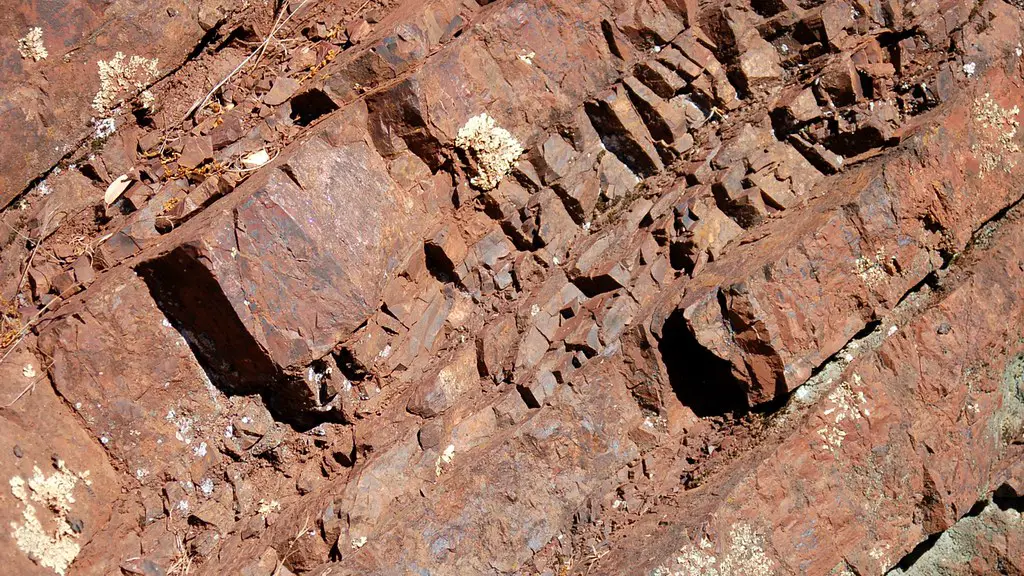
C-Organic Sedimentary Rocks
Organic sedimentary rocks are the remnants of plants or animals. Coal is an organic sedimentary rock created by decomposed and compacted plant remains.
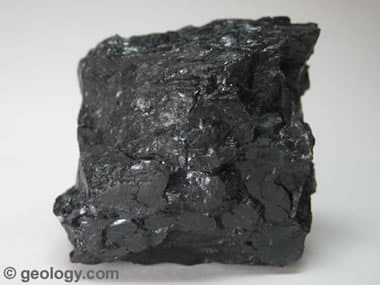
D- Chemical Sedimentary Rocks
The rocks are formed by direct precipitation of the minerals from the solution.
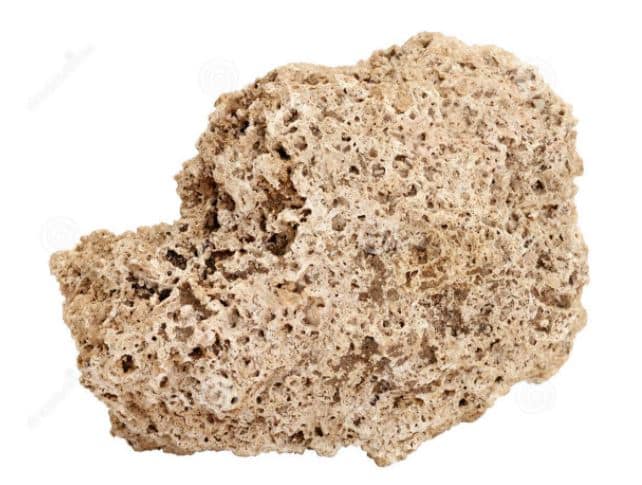
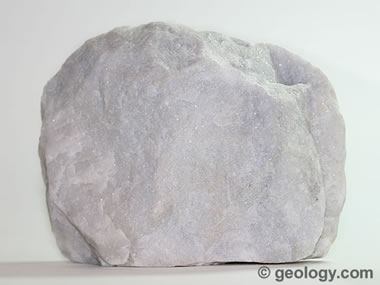
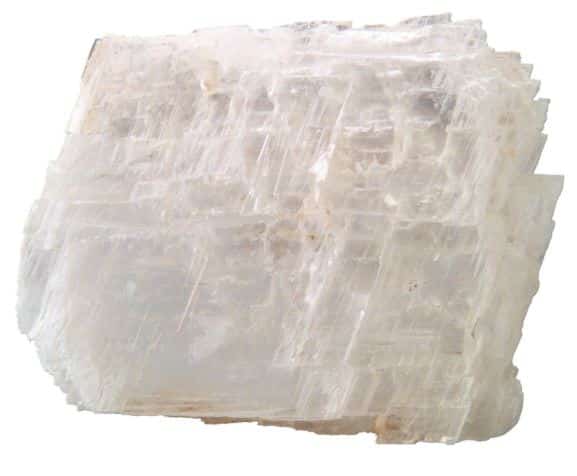
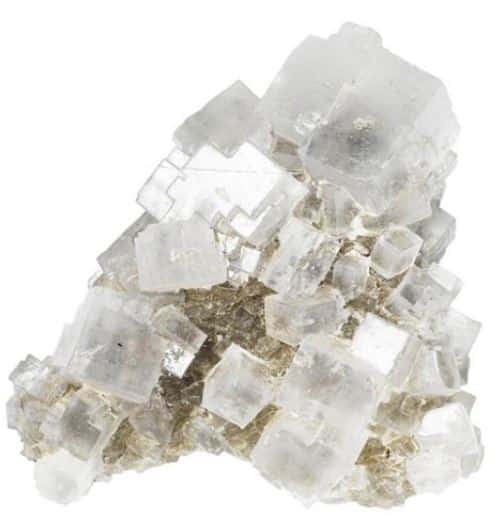
Here is a box of sedimentary rocks specimen from Amazon which has 12 samples. Get it now from the below link.


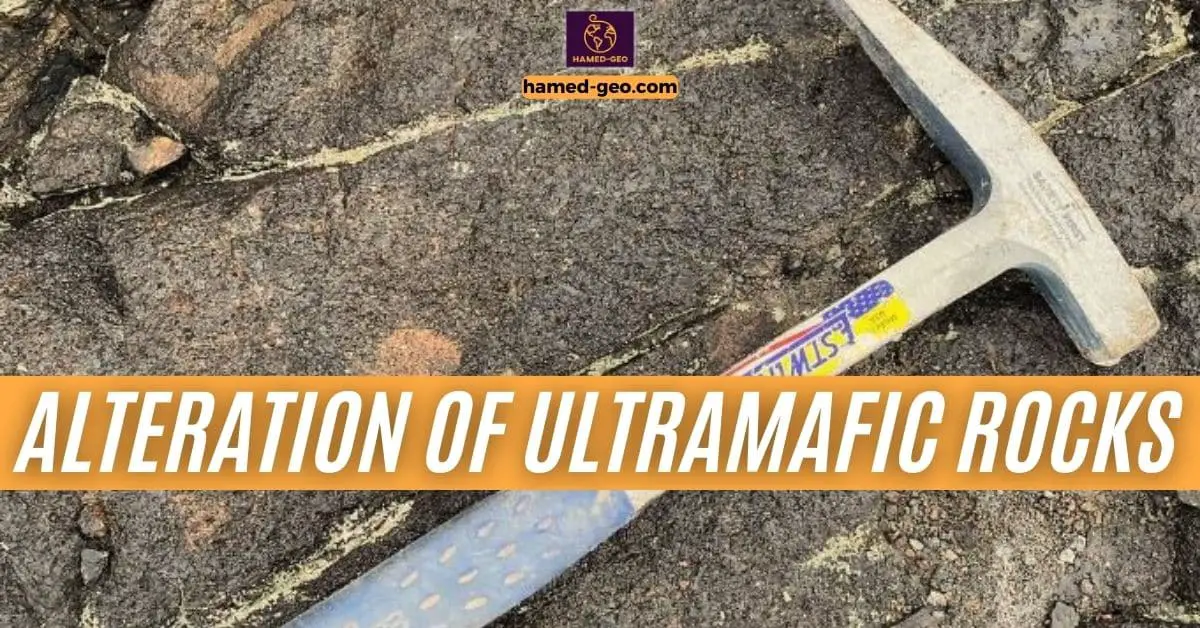
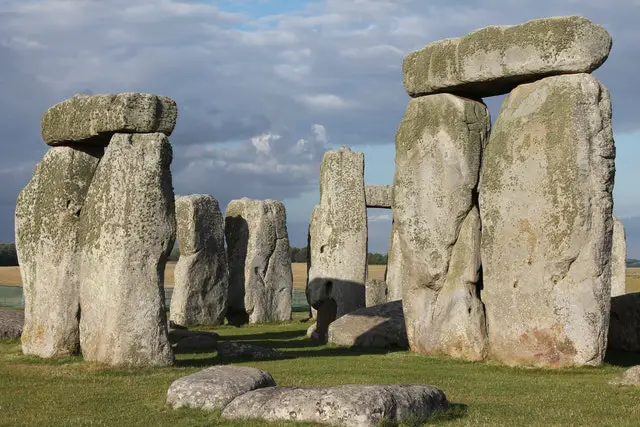
[…] Sedimentary Rocks […]
[…] Sedimentary Rocks […]
[…] These classes are (1) igneous rocks,which have solidified from molten material called magma;(2) sedimentary rocks,those consisting of fragments derived from preexisting rocks or of materials precipitated from […]
[…] rock cycle is the interaction between the three main rocks types, sedimentary rocks, igneous rocks, and ,metamorphic rocks by progressive transformation of Earth materials. The rock […]
[…] is one of the most common sedimentary rocks usually located within the sedimentary basins. Sandstones are formed when sand deposits are transported by the agents of denudation such as wind, water, and […]
[…] sedimentary basin is a section of the earth’s crust covered by a thick series of sedimentary rocks. Hydrocarbons are generally found in sedimentary basins, with igneous and metamorphic rocks filling […]
[…] fossil record dates back to 2.5 billion years ago. Fossilization occurred when a mineral-rich sedimentary rock was buried and over time the mineral matter turned into hard solid […]
[…] to all kinds of features in sediments and sedimentary rocks formed during the deposition process. The sedimentary rocks and sedimentary structures are characterized by bedding which occurs when layers of sediments with […]
[…] habitat, where the soft components of the bodies disintegrate and eventually dissolve. Limestone is a sedimentary rock that forms when a hard calcium carbonate component is buried behind layers of softer sediments. […]
[…] is called a nonconformity when two types of rock don’t line up perfectly. How igneous and sedimentary rocks are differentiated is through this method. As a general rule, unconformities of this sort suggest […]
[…] depositional environment of a sedimentary rock is the combination of physical, chemical, and biological processes that act on the sediment at the […]
[…] in sandstone. The cementation process is what turns a loose granular material into a cohesive sedimentary rock with significantly different properties. While the sand grains that makeup sand and sandstone may […]
[…] that is often used in building facades, bridges, and monuments. Limestone, on the other hand, is a sedimentary rock that is known for its beauty and versatility. It is often used in flooring, walls, and sculptures. […]
[…] is used to study the processes of sedimentation and the formation of stratigraphic sequences in sedimentary rocks. It involves the identification and correlation of sedimentary units based on their depositional […]
[…] and lithification are two essential processes that occur during the formation of sedimentary rocks. Diagenesis refers to the physical, chemical, and biological changes that take place in sedimentary […]
[…] resources are typically formed through two main processes: sedimentation and tectonic activity. Sedimentary rocks, such as limestone and coal, are formed through the accumulation and lithification of sediments. […]